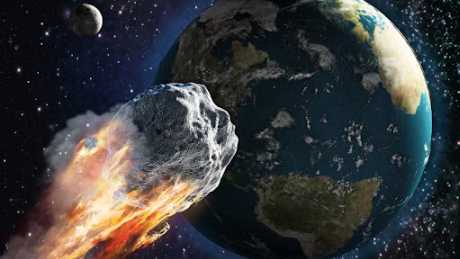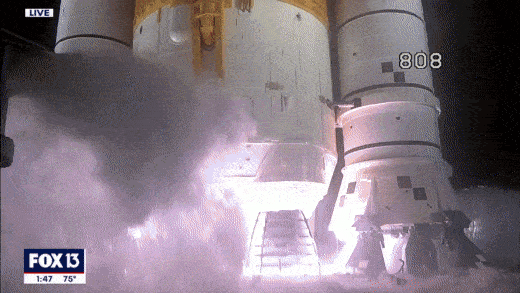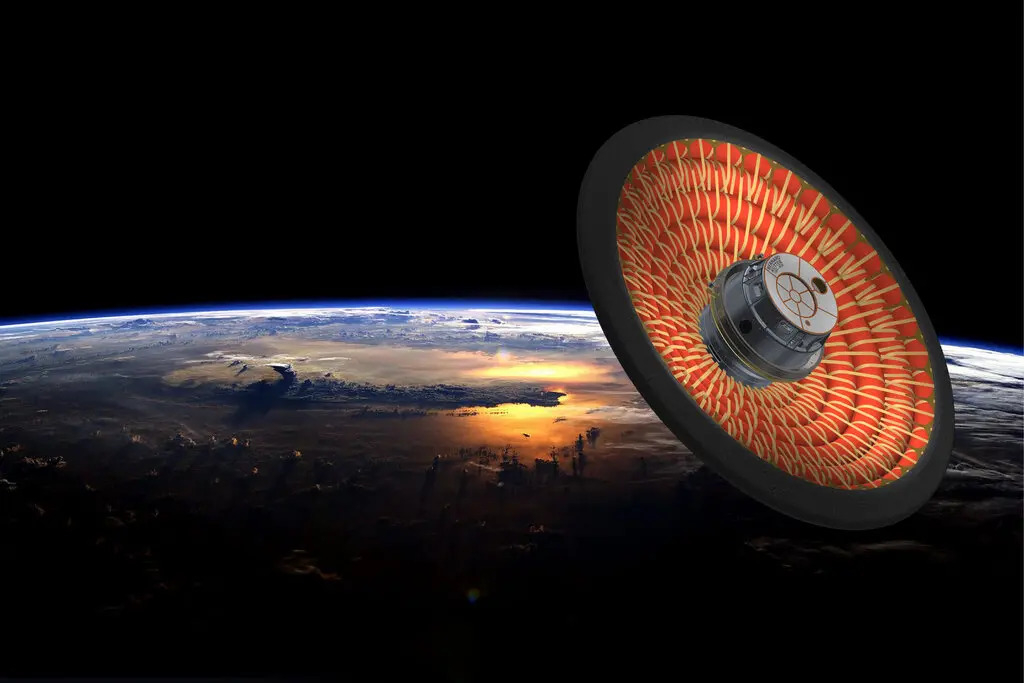The story of how water first arrived on Earth

Image: iStock
A 4.6 billion-year-old meteorite that crashed into a driveway in England last year contained some of the most compelling evidence to date that Earth’s water originally came from asteroids, per a new study published yesterday in Science Advances.
☄️ Let’s start at the beginning: When a giant fireball lit up the night sky over the small village of Winchcombe in late February 2021, it left piles of dark stones and powder scattered across gardens, driveways, and local fields.
And just like every alien movie ever, scientists and astronomers quickly issued an appeal to collect as many fragments of the meteorite as possible before they could degrade. Fortunately local residents answered the call, working with authorities to gather over a pound’s worth of fresh extraterrestrial material for analysis.
🔬 So, what did they find?... Up to 11% of the meteorite’s weight was made up of water – and the molecules in that water are a near-perfect match for those on Earth. More specifically, the ratio of different types of hydrogen atoms (aka isotopes) in the water are practically identical.
- The study lends credence to the leading theory that water first arrived on Earth via icy meteoroids from the outer regions of the solar system billions of years ago.
Share this!
Recent Science & Emerging Tech stories

Science & Emerging Tech
| November 16, 2022One small step for Artemis, one giant leap for future Moonkind
🚀🌕 Early this morning, NASA successfully launched the first mission of its Artemis program, an initiative that eventually plans to return astronauts to the Moon's surface for the first time in 50 years.

Science & Emerging Tech
| November 15, 2022So, what’s your DJ name?
🎶🐀 Rats instinctively bob their heads in time to music, an ability previously thought to be unique among humans, per a new study published in Science Advances.

Science & Emerging Tech
| November 11, 2022How inflatable flying saucers could help humanity get to Mars
🚀 Yesterday morning, NASA sent a giant inflatable heat shield to space and then brought it back down from orbit, splashing in the ocean near Hawaii, meaning we’re one step closer to landing large vehicles on Mars.
You've made it this far...
Let's make our relationship official, no 💍 or elaborate proposal required. Learn and stay entertained, for free.👇
All of our news is 100% free and you can unsubscribe anytime; the quiz takes ~10 seconds to complete